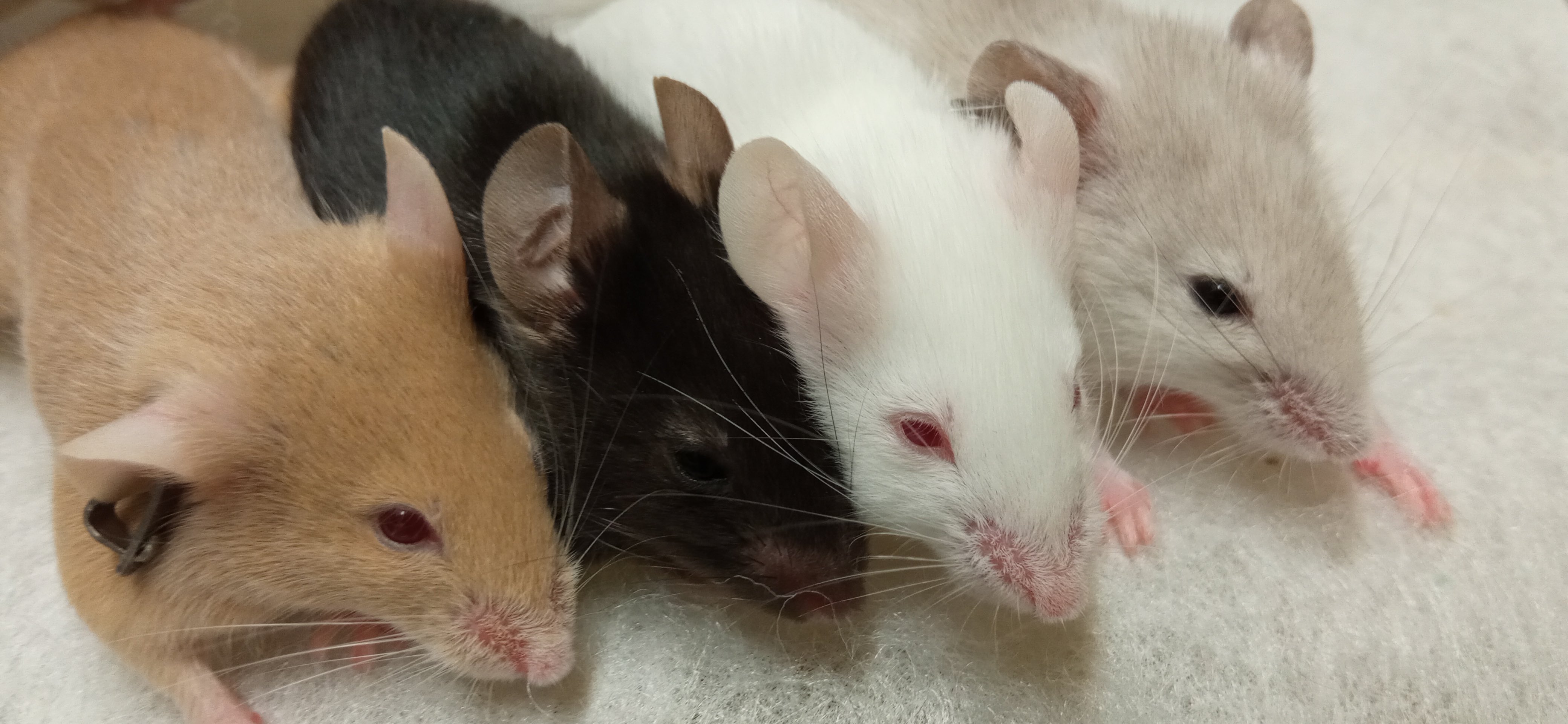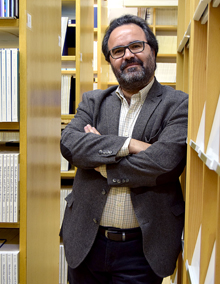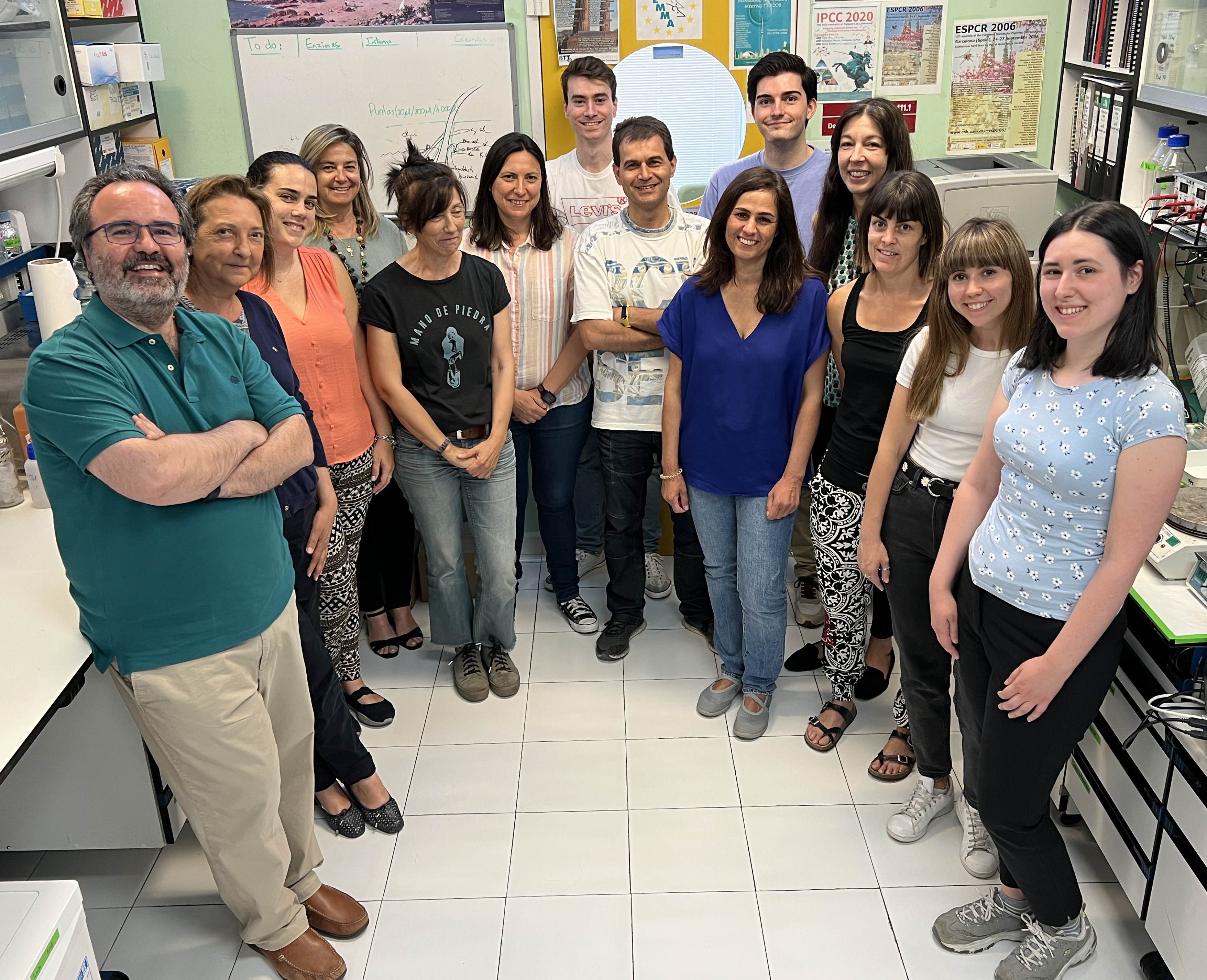Lluís Montoliu
Group Leader
Research summary
In our laboratory, we are interested in understanding how mammalian expression domains work and how they are organised within genomes. In particular, we focus on the identification and characterisation of genomic boundaries or insulators. By studying insulator elements, we aim to contribute to understanding of the functional and structural organization of vertebrate genomes. Insulators can be used effectively in biotechnological applications, as spacers, as boundaries, in any gene expression construct to be used in gene transfer experiments. We are searching for new insulator sequences in vertebrate genomes, through initial bioinformatic analyses.
Publications
Bakker R, Wagstaff PE, Kruijt CC, Emri E, van Karnebeek CDM, Hoffmann MB, Brooks BP, Boon CJF, Montoliu L, van Genderen MM, Bergen AA. The retinal pigmentation pathway in human albinism: Not so black and white. Prog Retin Eye Res. 2022 Nov;91:101091.
Luque J, Mendes I, Gómez B, Morte B, López de Heredia M, Herreras E, Corrochano V, Bueren J, Gallano P, Artuch R, Fillat C, Pérez-Jurado LA, Montoliu L, Carracedo Á, Millán JM, Webb SM, Palau F; CIBERER Network; Lapunzina P. CIBERER: Spanish national network for research on rare diseases: A highly productive collaborative initiative. Clin Genet. 2022 May;101(5-6):481-493.
Perez CJ, Mecklenburg L, Fernandez A, Cantero M, de Souza TA, Lin K, Dent SYR, Montoliu L, Awgulewitsch A, Benavides F. Naked (N) mutant mice carry a nonsense mutation in the homeobox of Hoxc13. Exp Dermatol. 2022 Mar;31(3):330-340.
Fernández A, Hayashi M, Garrido G, Montero A, Guardia A, Suzuki T, Montoliu L. Genetics of non-syndromic and syndromic oculocutaneous albinism in human and mouse. Pigment Cell Melanoma Res. 2021 Jul;34(4):786-799.
Seruggia D, Josa S, Fernández A, Montoliu L. The structure and function of the mouse tyrosinase locus. Pigment Cell Melanoma Res. 2020 Oct 23.

Our laboratory is interested in understanding the underlying pathological mechanisms of a group of human rare diseases known as albinism, a heterogeneous genetic condition associated with mutations in at least 22 genes, characterised by visual impairment, present in all types, and pigmentation alterations, not obvious for some cases. This work on human rare diseases is associated with our participation in the CIBERER-ISCIII.
Our laboratory has generated and analysed new animal models to study visual abnormalities and different anomalies affecting retina development that are associated with albinism. In collaboration with Angel Carracedo (USC) and Carmen Ayuso (FJD), we have devised, within the CIBERER-ISCIII, a project for the universal genetic diagnostic of all known mutations in albinism. We apply this knowledge in cooperation with ALBA, the Spanish association in support of people with albinism and have been able to genetically diagnose numerous Spanish families.
We are also interested in understanding the function of regulatory elements that are required to define gene expression domains in mammalian genomes. We have used the mouse tyrosinase locus (Tyr) as experimental model. This approach has allowed us to identify several key regulatory elements, such as genome boundaries or insulators, which protect the locus from surrounding genes and ensure the faithful gene expression pattern.
As a general strategy, we regularly use transgenic and genome-edited animals, mice, to introduce different type of gene constructs in order to investigate the relevance of specific DNA regulatory sequences. The functional analysis of regulatory elements found within the intergenic non-coding genomic sequences can now be addressed more efficiently thanks to the efficient genome editing CRISPR-Cas9 tools. In Spain, where we pioneered the application of CRISPR technology in mice, we have generated a series of genome-edited mice carrying patient-specific mutations that we are currently phenotyping and using to explore new therapies for albinism.

CRISPR genome edited mice as animal models of (from left to right): OCA2, wild type, OCA1A and OCA1B oculocutaneous albinism types.








